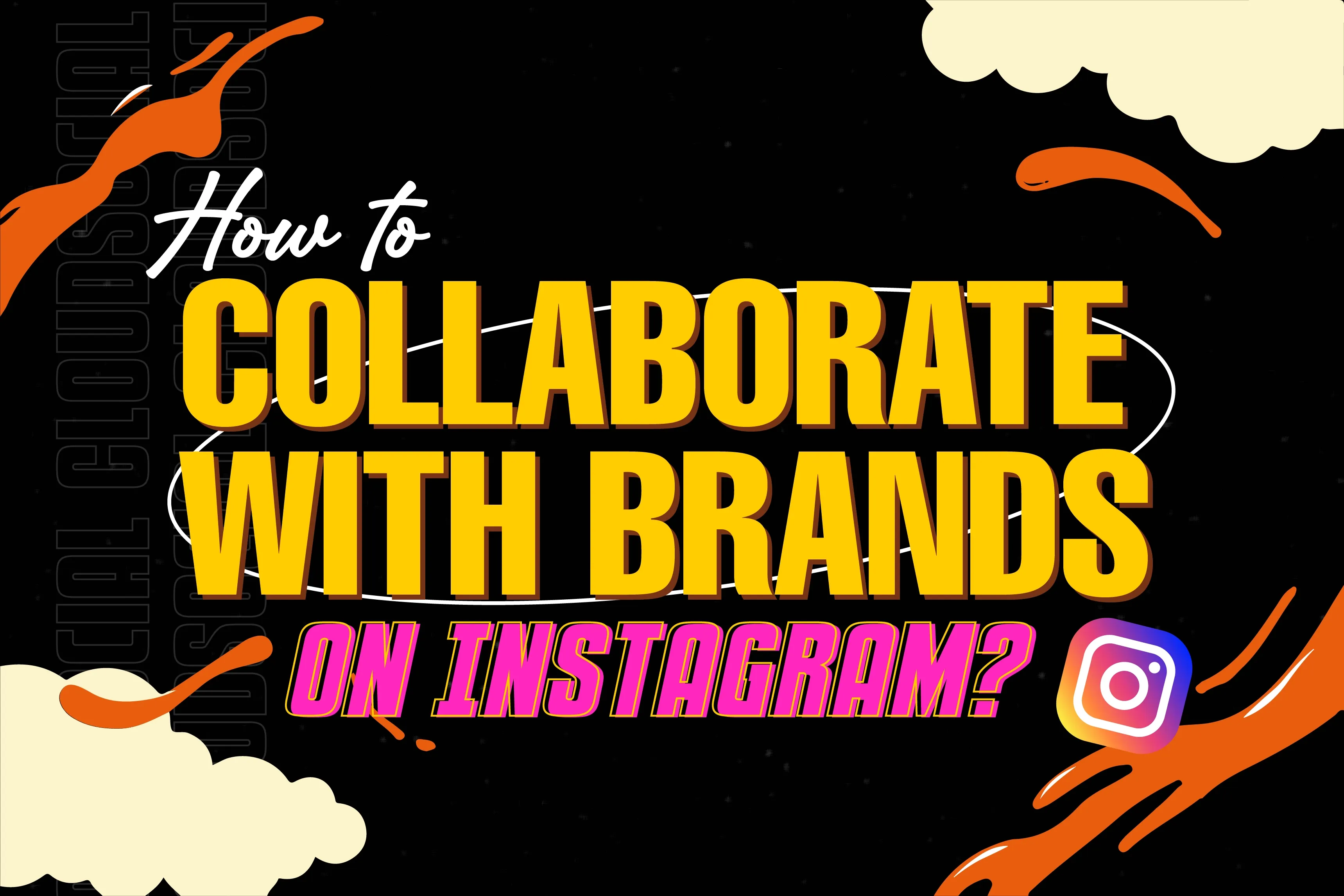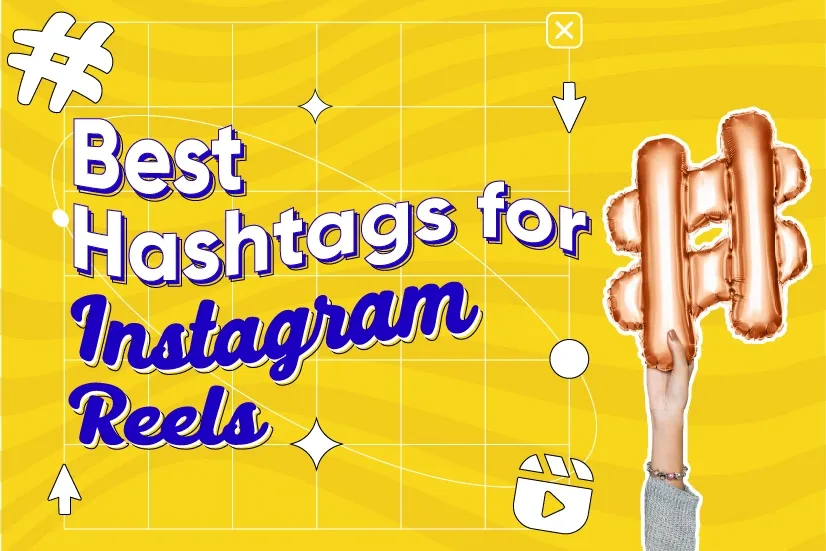Our Blog

Social Media Marketing Strategy
How to collaborate with brands on Instagram?
Elevate your Instagram presence with brand collaborations. Learn the proven strategies, from reaching out to negotiating terms, that empower influencers and content creators to build successful partnerships with brands on the dynamic platform

Social Media Marketing Strategy
100x Instagram Reach and Engagement: Best Hashtags for Instagram Reels
Everyone putting informative and engaging content on social media is in the game of finding more audience (obviously, their attention is the real treasure). Hashtags for Instagram reels are solid cue cards that increase the chance of finding the right audience to engage with your content.

Social Media Marketing Strategy
How To Use Instagram’s Close Friends For Your Business
Imagine this! An exclusive circle of your most devoted followers, engaged and eager to hear from you. This becomes a reality through the ‘close friends’ Instagram feature, allowing you to build a closer relationship with your audience. Share behind-the-scenes peeks, special promotions, and captivating content that makes them feel truly valued.

